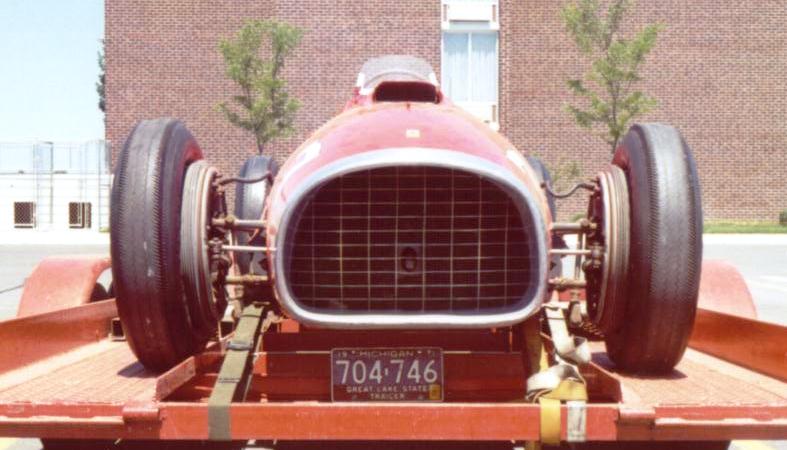Hello.
I am currently writing a book about the early Ferrari F1/F2/Formula Libre cars. It has taken two years so far and will probably take longer to gather all the information needed but I have learned a lot. Thank you to TNF's posters, in particular Michael Muller, Allen Brown, Doug Nye and "Austria."
I have now reached 1950/51/52 and am trying to sort out the various tipo 375s. Can anyone please help with the individual histories? All comments welcome. So far, it appears that a total of seven F1 cars were built in 1950/51, two in 1950, they are known as GP50-1 and GP 50-2.
There were five more in 1951. I'm presuming, (dangerous, that..!) that they were numbered as GP51-1 through 5. Louis Rosier bought one, apparently numbered as GP51.02, and Francisco, "Chico" Landi bought another, apparently a 1950 car, GP50.02.
In 1952, five cars were modified with extended chassis, modified engines etc, to compete at Indianapolis, plus one to Vandervell for TWS #4. They were re-numbered. From what, does anyone know? Certainly, Indy Chassis number 4, Howard Keck's car, had been F1 chassis number 3. (New number 4 tag welded over original number 3 stampings).
Engines: One 375 engine went into the Thinwall Special #4, after #2 and 3, which had been 1949 125-C-02. This was engine number 10. GP52/1 numbered engine went into "Arno XII", the Hydroplane.
Another subject but obtaining good photos is also a problem.
Edited by Writer2, 30 March 2023 - 18:07.















